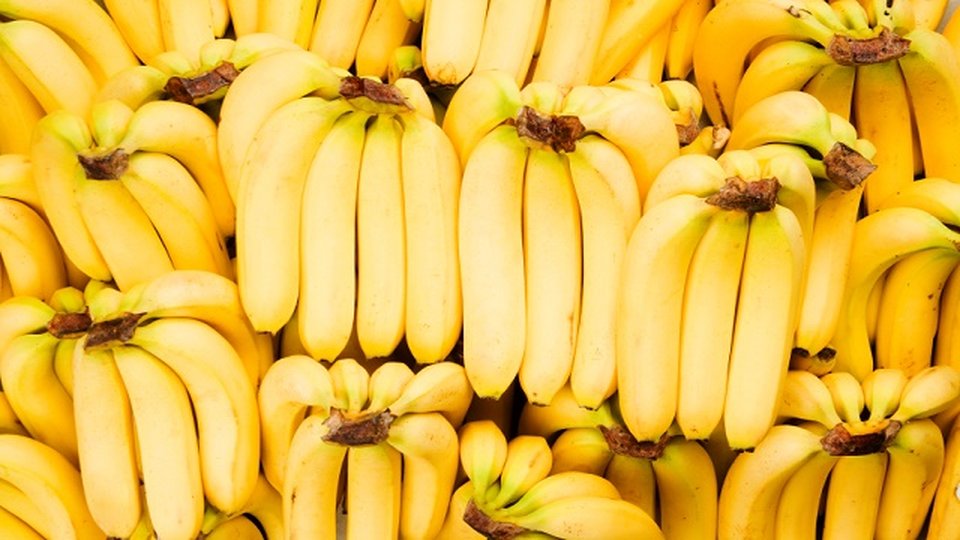Blog
Going bananas with product placement may not be such a good move
To put it simply, my Millennial loves bananas and is not going to be too thrilled to be so overtly manipulated.

February 25, 2016 by Judy Mottl — Editor, RetailCustomerExperience.com & DigitalSignageToday.com
When I was growing up and was sent to the nearby supermarket to get daily dinner goods, mostly milk and bread and eggs, I used to curse whoever came up with the brilliant idea of putting the milk and bread and eggs at the farthest shelves at the back of the store.
Now, more than a few decades later, I know very well why supermarkets, as well as supermarket-clothing-housewares retailers, all do such product placement: they're hoping to heck we'll buy another $20 worth of products on that quick run for milk — either on our way to the milk or on our way to the register.
So I wasn't very surprised to read this week about Walmart switching up product placement in a similar strategy.
This time, however, it's not the milk. It's bananas.
Yup, bananas going to be sitting as close to the store’s rear wall as possible while berries, on the other hand, are actually getting a front-and-center store perch.
Why? Well it's simple: consumers, especially those health-conscious fitness-band wearing ones, are going bananas for bananas.
Berries, apparently, are on their way to becoming the next "banana" in terms of consumer want and pushing them front and center will drive that demand.
It's a brilliant retail strategy that literally has proven to pay off in billions of compulsive shopping. I bet if we reviewed supermarket and convenience store tapes nationwide for a year there likely wouldn't be more than a few dozen shoppers caught on film walking in for that half gallon of milk and walking out with just that half gallon of milk.
But is it a brilliant retail customer experience approach? Not quite. Nada. Nope.
And I'm predicting it's going to backfire within a short timeframe as millennials catch on to this legacy product strategy and start demanding (by not patronizing stores sticking with such a strategy) that all the top things they want be put in quick reach.
Why? The younger shopper demographic is much more intense, impatient and finicky than us older generation shoppers. Remember — we're the generation that, for decades, wrote checks at the cash register, adding about 10 to 15 minutes to the checkout equation.
Just imagine that happening to a millennial waiting next in line today. Think about the last time you actually witnessed someone writing out a paper check, anywhere.
So I'm banking (yes, a play on the check analogy) that the new bananas placement strategy won't last very long at Walmart.
The reason? Millennials love to shop, but more than that, they love to get what they want as quick and easy as possible.
I know this as I have one living with me and she'll happily spend hours perusing racks to grab amazing bargains and she's got no issue with returning items if she finds a better price somewhere else.
But she does have a problem with stores that make her favorite hobby harder and more work than it needs to be. Also, the younger generation is a bit noisier and more outspoken (aka social media) regarding customer service.
To put it simply, my millennial loves bananas and is not going to be too thrilled to be so overtly manipulated when she's running to the store to grab a bunch for that next smoothie and finds they're no longer in that first section — produce (right inside the front door) — but back, way back of the store. She might do it once if she's really bananas for bananas that day, but I'm pretty sure she'll remember not to hit that retailer again the next time she's in the mood for bananas.





